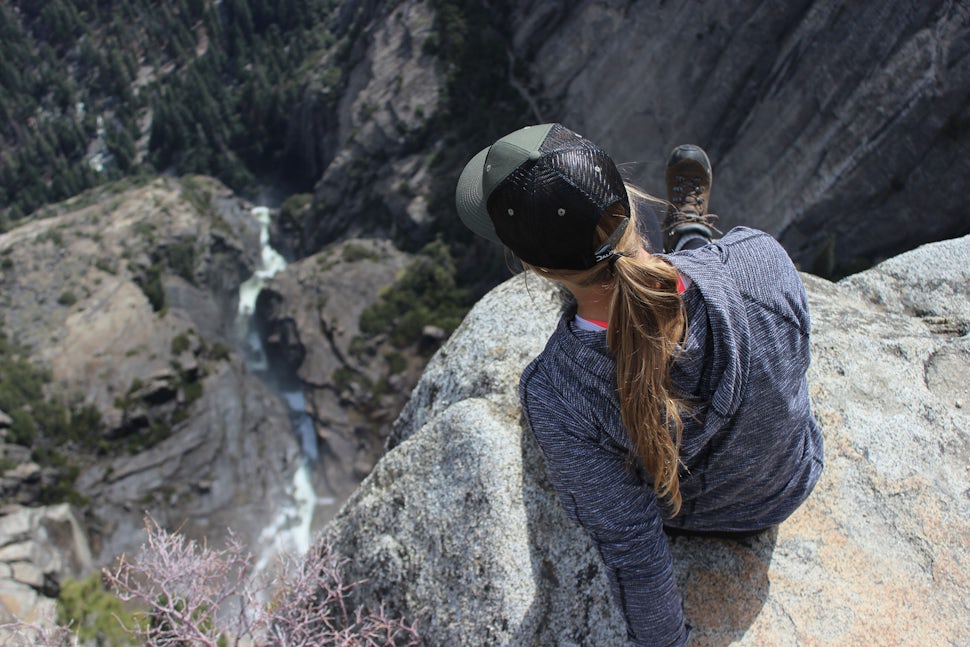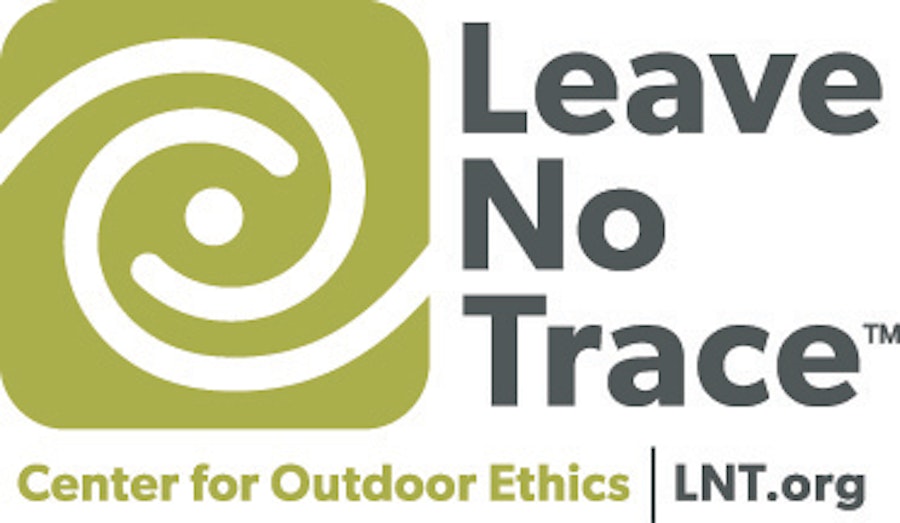6 Things We Learned Planning Our Road Trip to 47 National Parks
Chasing the new American dream

When my girlfriend, Eva, and I packed up last October to camp every national park in the lower 48, we didn’t have enough money to complete the yearlong trip, didn’t have extensive camping knowledge, and didn’t know what the heck the AT was. Inevitably, two questions followed: why did we leave and how did we afford to?
I have to begin by mentioning the book Vagabonding by Rolf Potts. In it he says, “In this way, we end up spending (as Thoreau put it) "the best part of one’s life earning money in order to enjoy a questionable liberty during the least valuable part of it.” We’d love to drop all and explore the world outside, we tell ourselves, but the time never seems right. Thus, given an unlimited amount of choices, we make none. Settling into our lives, we get so obsessed with holding on to our domestic certainties that we forget why we desired them in the first place.” We took this philosophy to heart.

After a few weekend camping trips to state parks around Austin, we had a long discussion driving back home. Where would we go if we had no limitations? Immediately, Yosemite and Yellowstone were on the list. It continued with the Grand Canyon, the California redwoods, and the Grand Tetons. Soon, we had unintentionally written a good chunk of the national parks down. Eva innocently said “What if we did them all at once?” The quote from Vagabonding came rushing back into my mind as I pictured us on a grand adventure, camping all around the United States. But, how could we afford it?
The first thing you should know is, well... we can’t afford it. Not yet.As of right now, we do not have enough money to support ourselves for the entire year-long adventure we dreamed up. However, there are a few lessons we have learned in preparation and during our six months on the road that help us keep pushing forward, striving to find ways to figure it out.

1. Dream BIG
Other than being a corny motivational phrase, it’s practical to dream big. Tim Ferriss says “Having an unusually large goal is an adrenaline infusion that provides the endurance to overcome the inevitable trials and tribulations that go along with any goal. Realistic goals, goals from restricted to the average ambition level, are uninspiring and will only fuel you through the first or second problem, at which point you throw in the towel.” I went from never being able to save more than $500 at a time, to saving a little over $6,000 in the four months leading up to the trip. There is something about a big dream that inspires action.
2. Share what you are up to
Our teams at lululemon, families, and friends came to the rescue and supported us in a huge way. They helped us financially, and purchased quite a bit of our gear we would need for the trip. They are much more likely to do so if you involve them, and have something hopefully worth supporting. This also led to our partnership with QALO ring, which came from a conversation about a possible job.
3. Look at what is necessary, and eliminate everything else
We stopped eating out, crashed on friends’ couches to save money on rent, and used our goal as motivation to not buy anything outside of what we needed. This eliminated a cable/internet bill and utilities. We sold A LOT of clothes. Remember, you are now deciding between going on your trip or not. Do you really need that pair of shoes you never wear, or to go out and spend money on booze this weekend? No. Your trip is on the line, man!
Photo: Jordan Vaughn
4. Throw a fundraiser
This ties right into 1, 2, and 3. Eva and I invited our friends out to spend a night in a state park in Austin. We sold tickets via Eventbrite and ended up raising about $1,400. It helped out we got beer donated for the event...
5. Reach out to companies you care about
We emailed a local protein bar company (Oatmega) and told them our story (again helps to have number 1 down). Eva and I had already been eating their bars, and they agreed to donate a bunch. This is how we got beer for our going-away camp, and how we started shooting as brand ambassadors for Pendleton.

So, you have come up with your big adventure, enrolled people, eliminated unnecessary spending, thrown a fundraiser, and emailed some companies you care about. You’ve saved up a good amount of money. What can you expect to spend money on when you hit the road?
Gas: Eva and I have the benefit of having (each other) a road-trip partner, which means you split the cost of gas. For the first 11,000 miles (two months), we spent $1,088.48 for gas.
Food: Eva’s parents bought us a heavy duty Gander Mountain cooler that serves as our refrigerator. Just remember to refresh ice often, and you can enjoy pretty much any food you want while on the road. We ate a lot of Mac and Cheese, and Ramen on the first leg of our trip, which saved us some money but ultimately wasn’t worth the impact on our health. Buy groceries to eliminate eating out.
Camping fees: Generally $10-30 a night for car camping. Most national parks offer free backcountry camping, which is a rad experience. We have also begun to camp on BLM land, which is usually free.
Photo: Jordan Vaughn
If you really want something, write down everything holding you back. Then brainstorm ways to chisel away and eliminate them. If you are determined enough to figure something out, you will! Please reach out to us if you have any additional questions. Cheers adventurers!
Cover photo: Jordan Vaughn
Don't see your favorite adventure on The Outbound? Show us by creating an adventure.
Please respect the places you find on The Outbound.
Always practice Leave No Trace ethics on your adventures. Be aware of local regulations and don't damage these amazing places for the sake of a photograph. Learn More.
We want to acknowledge and thank the past, present, and future generations of all Native Nations and Indigenous Peoples whose ancestral lands we travel, explore, and play on. Always practice Leave No Trace ethics on your adventures and follow local regulations. Please explore responsibly!
Do you love the outdoors?
Yep, us too. That's why we send you the best local adventures, stories, and expert advice, right to your inbox.











